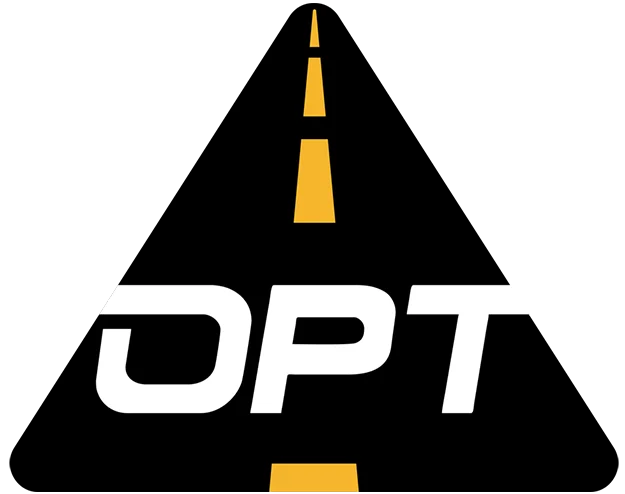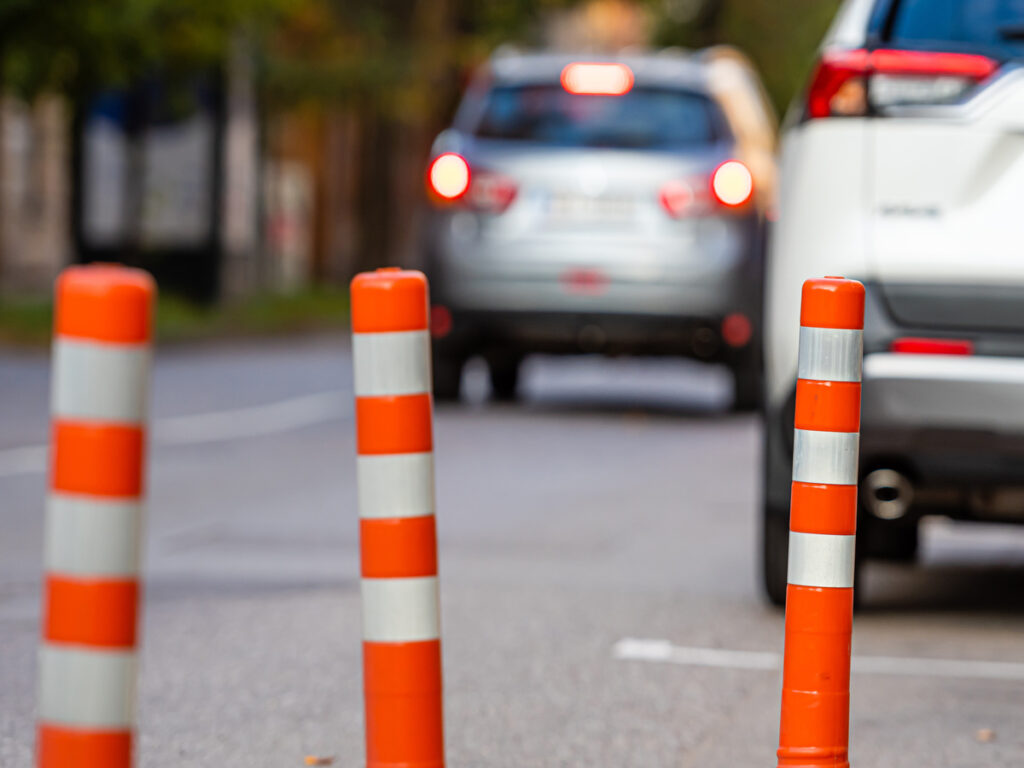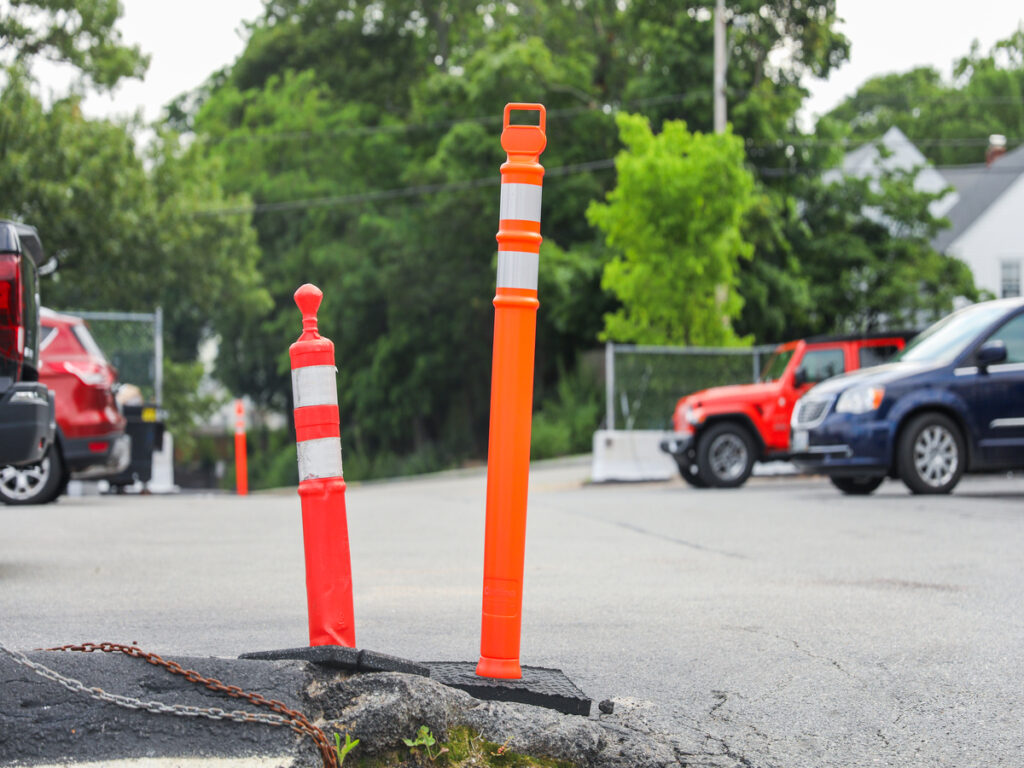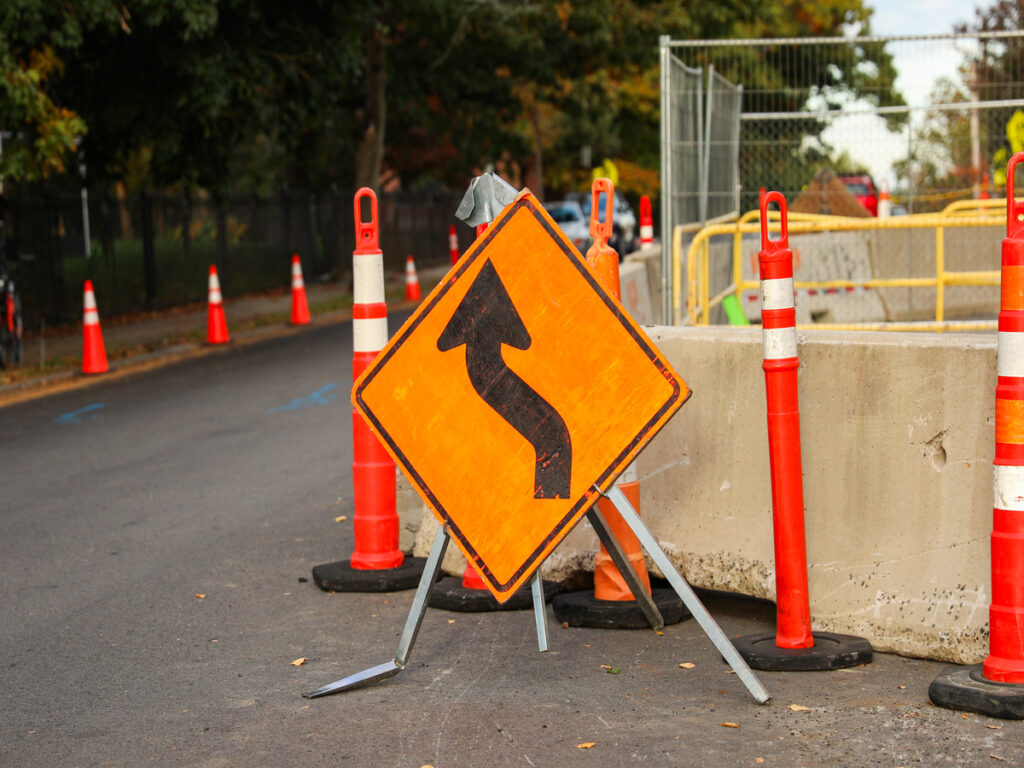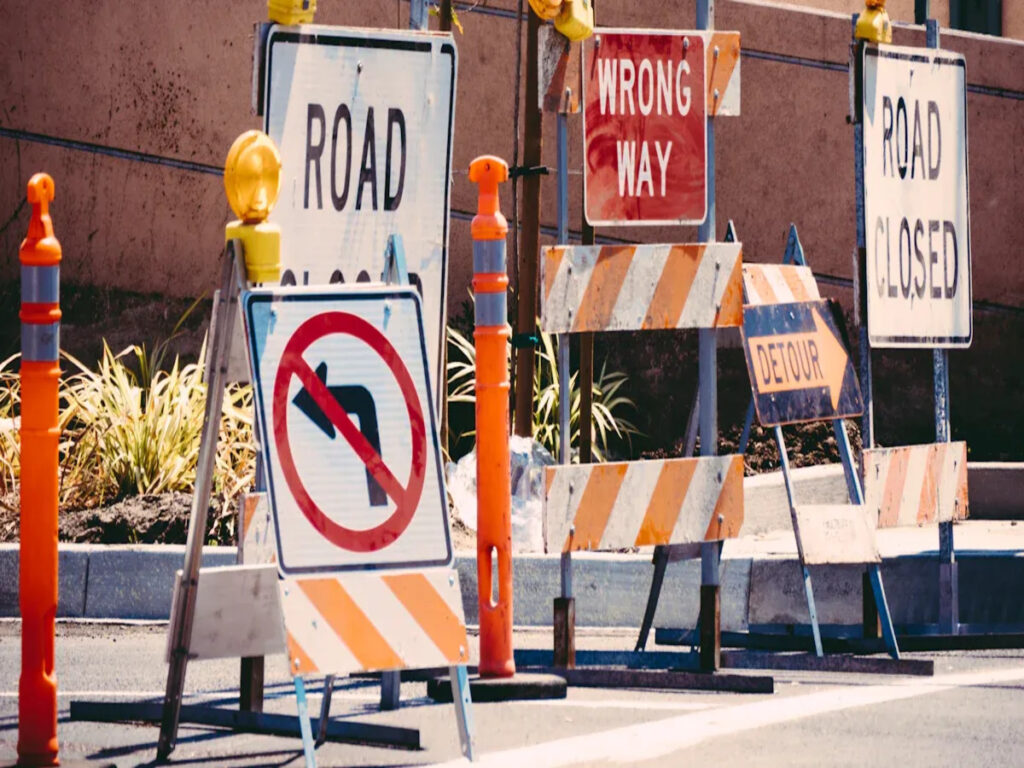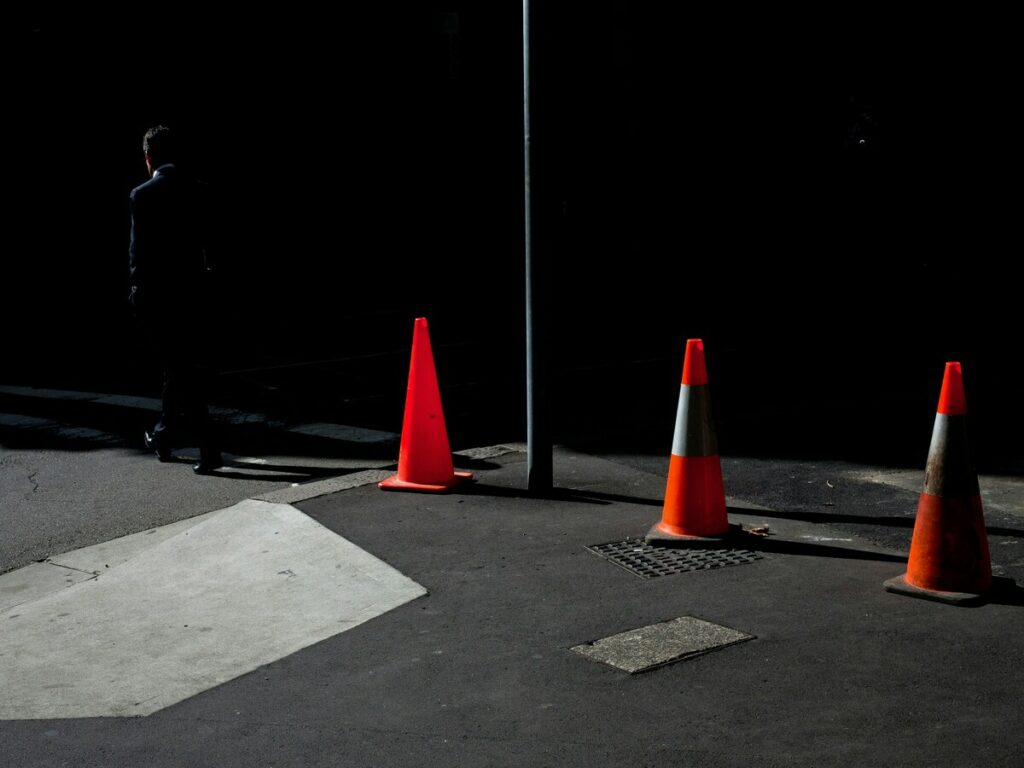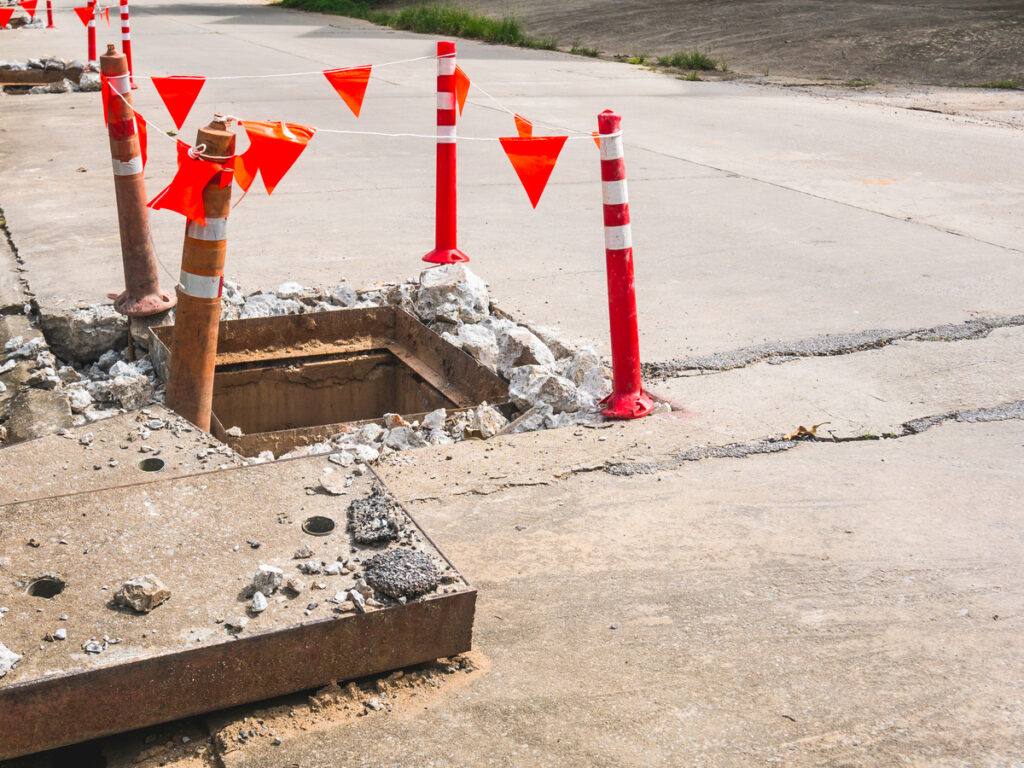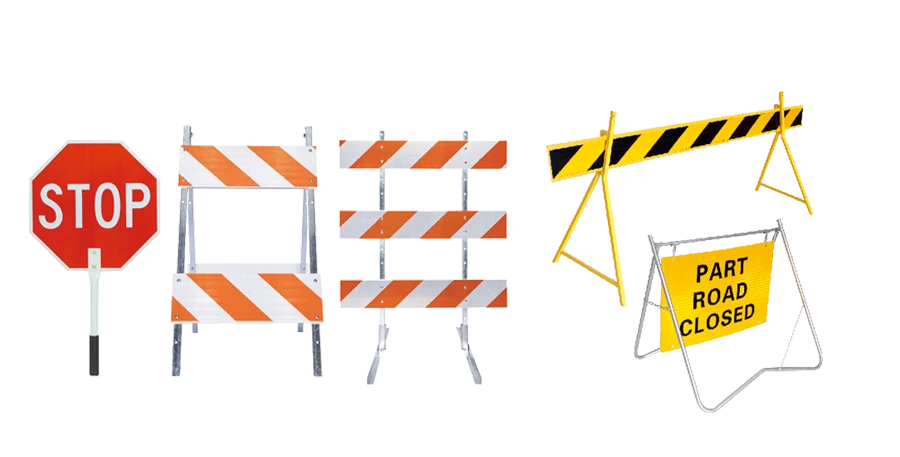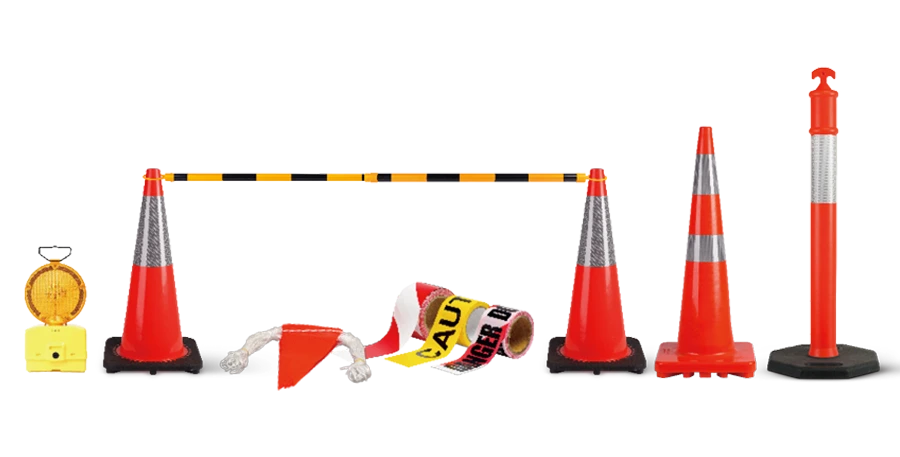
Navigating roads without clear guidance can be dangerous. In the early 20th century, roads lacked proper markings, making driving at night or during bad weather especially risky. This absence of boundaries led to frequent accidents, endangering both drivers and pedestrians. Modern road delineators and painted lines have transformed this scenario. Reflective materials and solar-powered LED lights now provide clear visual cues, even in low visibility. These tools work together to guide drivers, reduce confusion, and enhance road safety. Studies show that road delineators alone can reduce accidents by up to 40%, ensuring smoother traffic flow and safer journeys.
OPTsigns road delineators offer reliable solutions for enhancing visibility and safety on the road. Designed with durable materials and advanced features, they help drivers stay on course, even in challenging conditions.
The Role of Painted Lines in Traffic Management

How Painted Lines Guide Traffic
Painted lines play a crucial role in providing clear guidance for drivers. They define lanes, helping you stay in your designated path and reducing the risk of collisions. These lines also improve visibility, especially at night or during poor weather conditions, ensuring you can see lane boundaries even in challenging environments. Additionally, they communicate essential road information, such as where to stop, when to yield, or how to navigate pedestrian crossings.
Common Types of Painted Lines in Traffic Regulation
Traffic lines painted on roadways serve various crucial functions in ensuring road safety and traffic management. The types of painted lines on roads are typically classified according to their role in regulating traffic flow, lane discipline, and safety. Here’s an overview of the most common types of traffic lines based on traffic regulations:
Continuous White Line
- Purpose: A continuous white line marks the edge of the carriageway or a lane. It separates lanes of traffic moving in the same direction and ensures vehicles stay within their designated lanes.
- Usage: Drivers must not cross a continuous white line. It appears on roads where overtaking or changing lanes would be dangerous, such as on curves, near intersections, or in high-traffic areas. In the UK, crossing this line can lead to fines.
Broken White Line
- Purpose: A broken white line indicates that vehicles can change lanes or overtake other vehicles when it is safe to do so.
- Usage: Found on multi-lane roads, the broken line allows flexibility for drivers to switch lanes. It marks areas where overtaking is permissible when conditions allow.
Double White Lines (Continuous and Broken)
- Purpose: Double white lines divide lanes and regulate overtaking or crossing behavior. These lines indicate whether it’s safe to pass.
- Usage: When a continuous line is on the driver’s side, overtaking is prohibited. If the continuous line is on the opposite side, overtaking is allowed, but only when safe. These lines often appear in areas with sharp bends, dual carriageways, or reduced visibility.
Yellow Lines (Waiting and Stopping Restrictions)
- Purpose: Yellow lines regulate parking and stopping on roads to ensure smooth traffic flow.
- Usage: A single yellow line means parking is restricted during certain hours (e.g., during peak traffic times), while double yellow lines indicate that parking is forbidden at all times. These lines are common in busy urban areas, near schools, or close to high-traffic zones.
Box Junctions (Yellow Box Markings)
- Purpose: A yellow box junction marks a grid in the middle of an intersection to prevent vehicles from blocking the junction.
- Usage: Vehicles must not stop within the box unless their exit is clear. You’ll find these markings at traffic lights or intersections to help keep traffic moving. Violating box junction rules can result in fines.
Zebra Crossings
- Purpose: Zebra crossings use black and white stripes to provide a safe crossing point for pedestrians.
- Usage: These crossings typically appear in busy areas such as near schools or shopping centers. Drivers must yield to pedestrians waiting to cross. When pedestrians step onto the crossing, vehicles must stop to allow them to pass safely.
Chevron Markings
- Purpose: Chevron markings, which are large arrow-shaped lines, guide vehicles through lanes, particularly in areas where roads curve or lanes merge.
- Usage: These markings help drivers navigate bends and merge safely by indicating the best path to follow. They also alert drivers to upcoming changes in direction or lane.
Bus Lanes and Cycle Lanes
- Purpose: Specialized lanes for buses and cyclists ensure safe and efficient travel for these vehicles.
- Usage: Bus lanes are marked with solid lines or symbols indicating that only buses may travel in these lanes. Similarly, cycle lanes are designated with bike symbols or solid lines to keep cyclists safe. Violating these lanes can lead to fines or penalties.
Hatching and Lane Dividers
- Purpose: Hatching marks areas where vehicles should not stop or overtake, such as in hazardous zones or at junctions.
- Usage: You’ll often see hatching on dual carriageways or intersections to maintain order and discourage drivers from straying into restricted areas. It may also highlight danger zones or prevent vehicles from blocking intersections.
Pedestrian and School Zones
- Purpose: Painted lines in pedestrian and school zones indicate safe crossing areas and regulate traffic movement near schools.
- Usage: These markings guide pedestrians and alert drivers to reduced speed limits. You’ll typically find them in areas with high foot traffic or near educational institutions. Drivers must slow down and yield to pedestrians in these zones.
Painted Lines and Their Impact on Driver Behavior
Painted lines influence how you drive by creating a structured environment. They encourage you to follow traffic rules, such as staying within your lane or stopping at designated points. This structure reduces erratic driving and promotes safer habits. Clear markings also help you make quicker decisions, especially in high-stress situations like merging or navigating intersections. By providing reflective and visible cues, these lines enhance your awareness and confidence, leading to safer roads for everyone.
The Synergy Between Road Delineators and Painted Lines
Enhancing Visibility and Driver Awareness
Road delineators and painted lines work together to improve visibility and keep you aware of your surroundings. Delineators, often equipped with reflective materials, make it easier to see road boundaries at night or during poor weather. These posts complement painted lines by providing additional visual guidance, especially in areas where markings might fade or become less visible. When you drive, this combination ensures you can clearly identify lanes, curves, and intersections. The reflective nature of road delineators catches your attention, reducing the chances of missing important road cues. This enhanced visibility helps you stay on track and make safer decisions.
Reducing Accidents in High-Risk Areas
Delineator posts and painted lines play a critical role in reducing accidents in areas prone to collisions. High-risk zones, such as sharp curves, steep inclines, or intersections, often require extra guidance. Delineators highlight these areas, warning you to slow down or adjust your driving. Painted lines reinforce this by marking lanes and providing clear instructions. Together, they create a structured environment that minimizes confusion and improves road safety. Studies show that using delineators in accident-prone areas significantly lowers crash rates. Their presence encourages you to drive cautiously, reducing the likelihood of errors.
Improving Traffic Flow in Urban and Rural Settings
In both urban and rural areas, road delineators and painted lines help manage traffic efficiently. In cities, they guide you through complex intersections and busy streets, ensuring smoother movement. Painted lines define lanes, while delineators enhance visibility, even in crowded or poorly lit areas. On rural roads, where lighting is often limited, delineators provide crucial guidance. They help you navigate winding roads and avoid hazards. This synergy ensures consistent traffic flow, whether you’re driving in a bustling city or a quiet countryside. By improving organization, these tools reduce congestion and make your journey safer.
Real-World Applications of Road Delineators and Painted Lines
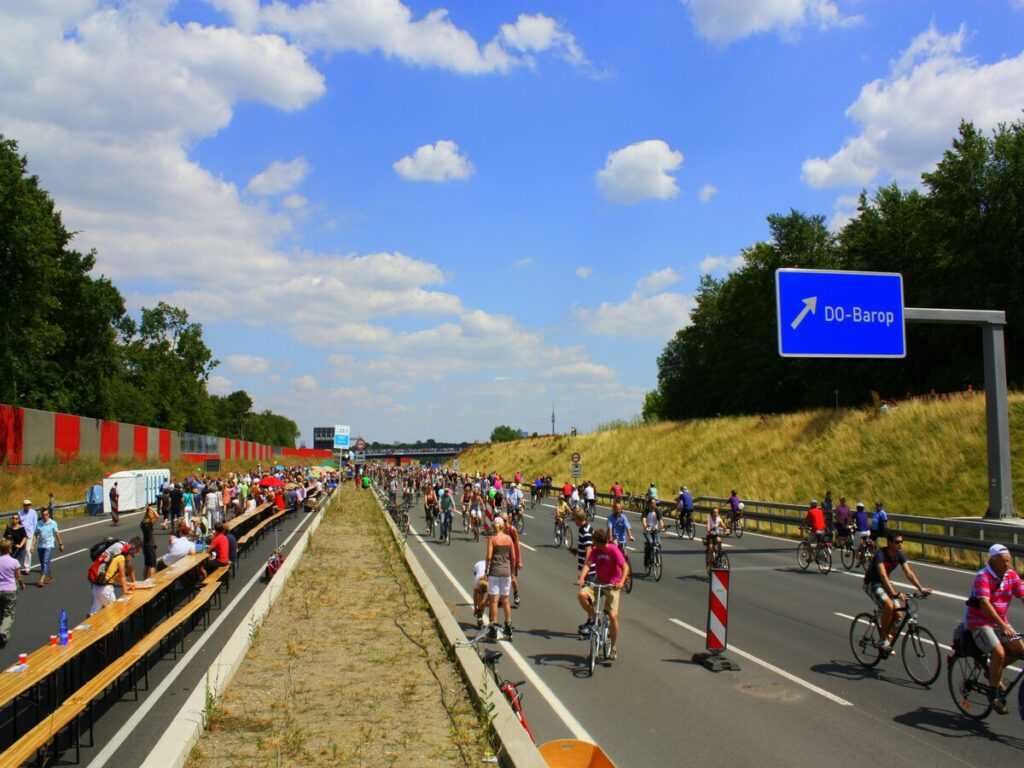
Case Studies of Improved Road Safety
Real-world examples highlight how road delineators and painted markings enhance road safety. In California, the use of delineator posts along winding mountain roads significantly reduced accidents. These reflective posts provided clear guidance during foggy conditions, helping drivers stay within their lanes. Similarly, in Florida, traffic delineator posts installed at intersections helped reduce the risk of wrong-way driving. The combination of reflective surfaces and painted lines created a safer environment for both drivers and pedestrians. These case studies demonstrate the advantages of using delineator posts to improve visibility and reduce confusion in high-risk areas.
Examples from Urban and Rural Roads
Urban and rural roads benefit differently from these tools. In cities, traffic marker systems guide vehicles through complex intersections and congested streets. Painted markings define lanes, while delineators for construction zones ensure safety during roadwork. On rural roadways, where lighting is often limited, delineators provide essential guidance. For example, reflective delineators installed on sharp curves in rural Texas helped drivers navigate safely at night. These tools also improve traffic flow by reducing bottlenecks and ensuring smoother movement. Whether in urban or rural settings, the benefits of these tools are undeniable.
Lessons from Successful Implementations
Successful implementations reveal key lessons for improving traffic management. First, combining delineators with painted markings ensures maximum visibility. Reflective surfaces on delineators complement painted lines, creating a cohesive system. Second, using easy-to-install delineators allows for quick deployment in high-risk areas. Finally, regular maintenance of road markers and delineators ensures long-term effectiveness. These practices not only enhance road safety but also reduce the risk of accidents. By learning from these examples, you can understand how these tools create safer and more efficient roads.
Benefits for Drivers and Pedestrians
Increased Safety for All Road Users
Road delineators and painted lines create a safer environment for everyone on the road. You benefit from clear guidance, especially in areas with poor visibility or challenging conditions. Delineator posts, with their reflective surfaces, make it easier to identify curves, intersections, and lane boundaries. This reduces the risk of accidents by helping you stay on track. Painted lines reinforce this safety by providing clear lane markings and instructions. Together, these tools encourage safer driving habits and reduce confusion. Pedestrians also gain from these improvements, as crosswalks and stop lines become more visible, ensuring safer crossings.
Reduced Traffic Congestion
Efficient traffic flow depends on clear guidance. Road delineators and painted lines work together to reduce congestion by organizing vehicles and preventing bottlenecks. In urban areas, they guide you through busy intersections and crowded streets. On rural roads, they help you navigate sharp turns and narrow lanes. This organization minimizes delays and keeps traffic moving smoothly. When drivers follow the visual cues provided by these tools, the chances of accidents or sudden stops decrease. This not only saves you time but also reduces frustration during your commute.
Cost-Effectiveness of These Tools
Investing in road delineators and painted lines offers significant safety and economic benefits. These tools are easy to install and maintain, making them a cost-effective solution for improving road safety. A cost-benefit analysis highlights their value:
| Metric | Value |
|---|---|
| Crashes prevented per million vehicle-miles | 0.72 |
| Estimated crashes prevented today | 0.48 |
| Safety benefits per dollar invested | $17 |
| Crash reduction percentage | 7.9% |
| Justification threshold for edgelines (crashes/mi/yr) | 0.064 |
For every dollar spent, you gain $17 in safety benefits. This includes fewer accidents, reduced medical costs, and less damage to vehicles. By preventing crashes and improving traffic flow, these tools save money while enhancing safety for all road users.
Road delineators and painted lines create safer roads and improve traffic flow. You benefit from their combined ability to enhance visibility and provide clear guidance. These tools reduce confusion and help you navigate challenging conditions with confidence. Their cost-effectiveness makes them an excellent investment for improving road infrastructure. By using delineators alongside painted lines, you contribute to a safer and more efficient driving environment. These tools ensure that every journey becomes smoother and safer for all road users.
